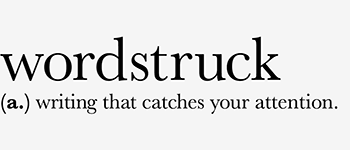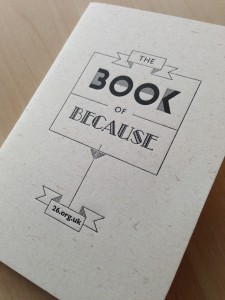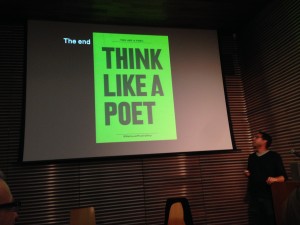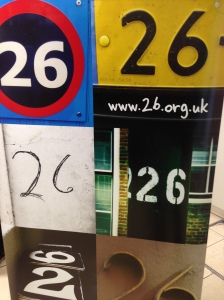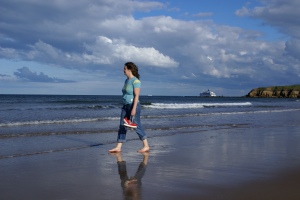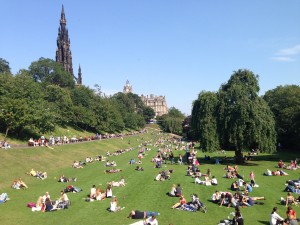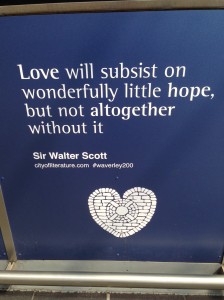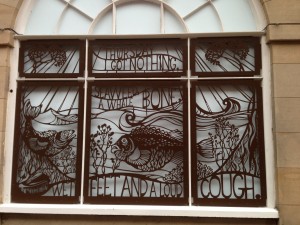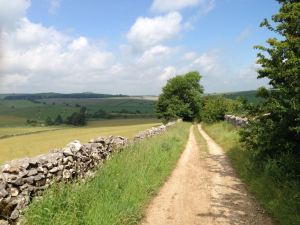Commensality. It’s a word I discovered on Jamie Jauncey’s blog this week. It means sharing a table. Most often in the sense of sharing a meal, which is, as Jamie says, one of the simplest but most profound acts of hospitality.
That word triggered off a flurry of associations in my mind, of happy memories of sharing tables. It took me back to Aracena, to sunshine and sunsets where I shared tables with a group of writers to write and eat and uncover things about ourselves.
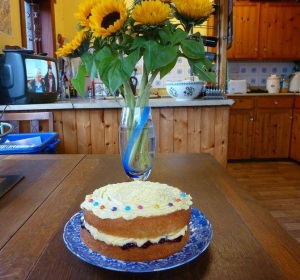
A welcoming table where you’ll always find cake and a hopeful labrador
It conjured up an image of a place in the Scottish Borders, my favourite place to swim and cycle with my triathlon buddy. Where, after an active day, you’re sure to be welcomed back to a hearty feast. And where a soppy labrador will put his head on your knee, and give you the eyes in the hope that you’ll one day give in and slip him a slice of cake.
It spun into older memories of traditional Sunday lunch at my Nana’s at a wooden table that could be extended to feed hundreds. Roast dinner with all the trimmings, steamed syrup pudding and custard, or apple pie and ice cream. There was always plenty to go round.
And then, as it was Father’s Day this weekend, I settled on a memory of another table. Growing up, my family’s dining table was oval and made from smoked glass. We sat around it on white plastic chairs. It was probably the height of chic in the 70s. How on earth it didn’t get broken with three kids running around it, I’ll never know.
But it was a good, big space, in a quiet, well-lit room, and so, when the desk in my room felt cramped, or when I deigned to give my sister, who shared it with me, a bit of space, I’d use the glass table for studying. It had plenty of room for my papers, books and folders, and I wouldn’t be disturbed until tea time.
When I was studying for my A levels, I remember sharing it with my Dad who, having left school with barely any qualifications, was studying for his Private Pilot’s License.
As I wrote reams of notes on Shakespeare, Chaucer, Keats and Wilfred Owen, or puzzled over chemical reactions and equations, he sat opposite with a pile of books, calculations and a slide rule figuring out wind speeds or learning about instrumentation.
I’d never though of Dad as the academic type. He was a hard worker, sure, but I don’t think I’d ever seen him pick up a book or read anything other than transport magazines. But he was determined, and more than anything, he wanted to fly. And he did. He’s still flying as often as he can today.
Dad’s studies paid off for me too, as in my General Studies A Level exam paper, there was a question all about flying light aircraft. It explained how to move the plane using rudder, flaps and ailerons, and things like pitch and yaw. From the information provided you then had to use a logical process to work out a series of multiple choice questions about manoeuvres in the air. I got an A in that paper.
In thinking about tables, I also remembered something I learned when I was in Oxford earlier this year. The word for bank, comes from Italian, banca – a table or bench originally used for changing money. We may think of the world of business and commerce as cold and impersonal, but at its roots, it shares language with the sociable act of sharing a table.
A table is a simple, humble object. Its practicality as a place to sit and eat, or write is elevated to a deeper purpose. In sharing food and ideas around it, we share something of our common human experience, and even more of ourselves.
 I was there for the music. And so was everyone else.
I was there for the music. And so was everyone else.